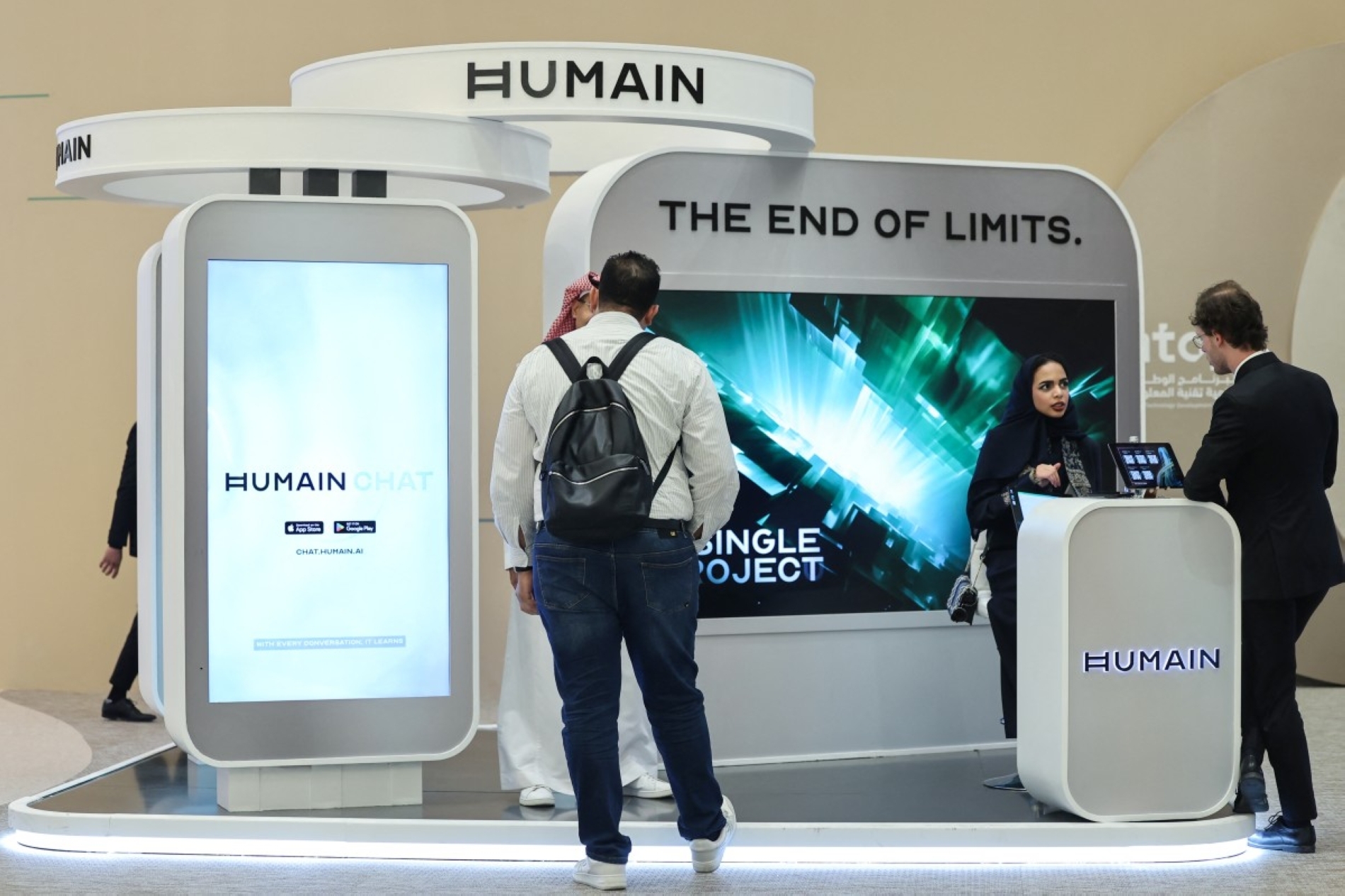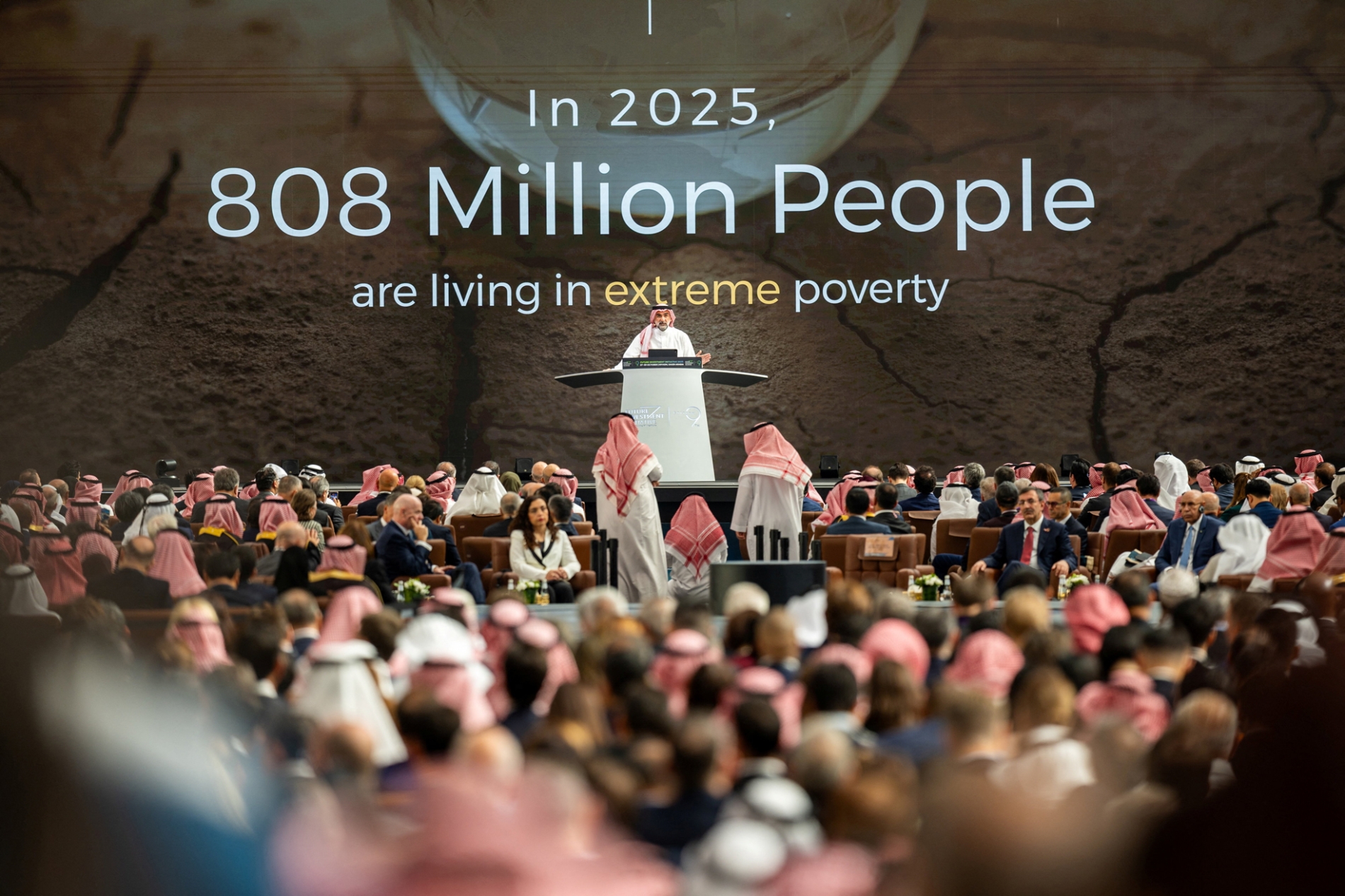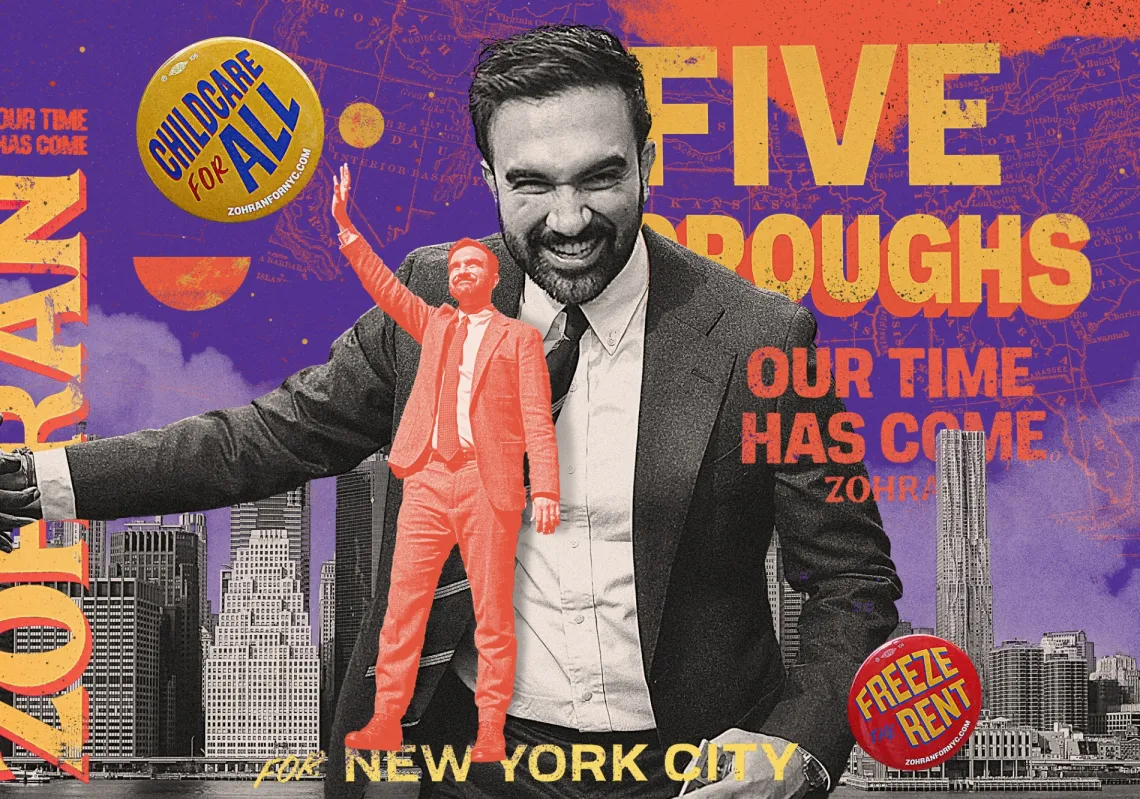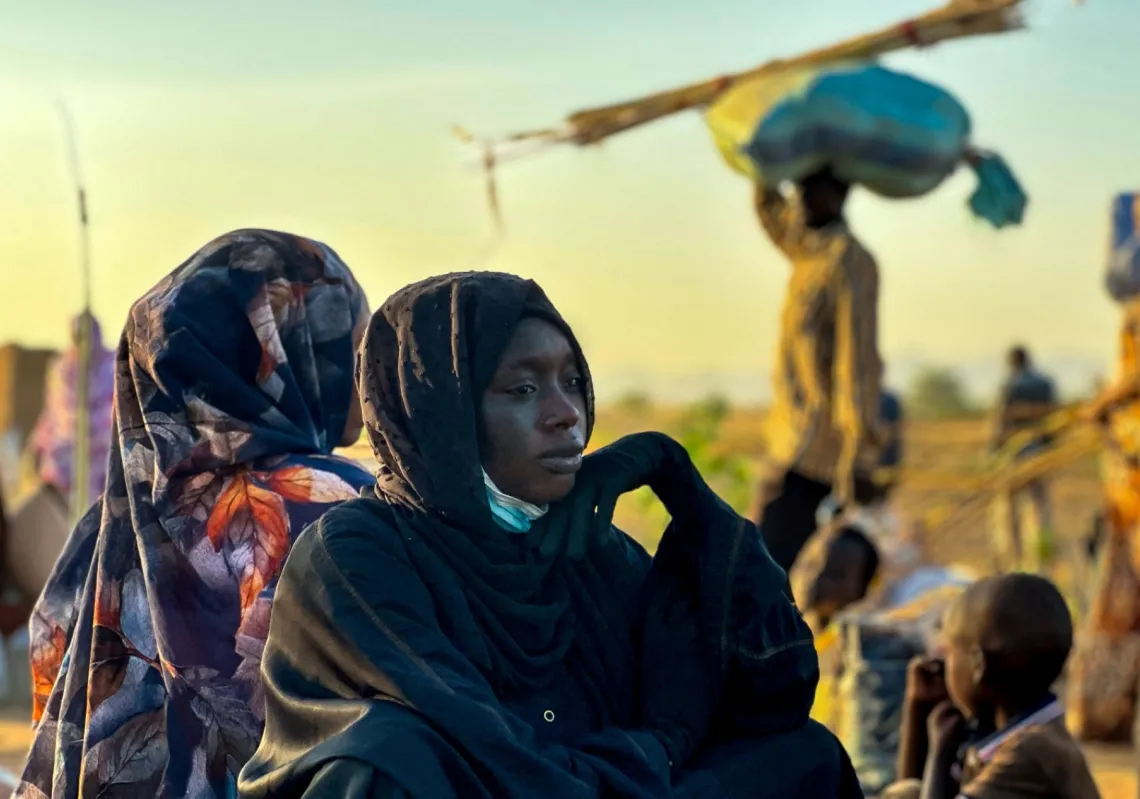The ninth Future Investment Initiative (FII9) in Riyadh last week was a chance to shake hands on multi-billion-dollar deals, but first and foremost, it was a call to unlock greater prosperity for the hundreds of millions living in poverty, and those who feel “left behind”.
This year’s offering served up deals with $70bn in areas such as logistics and technology, particularly AI. FII meetings have now played host to business worth around $250bn. Yet in 2025, the discussions, topics, and panels reflected the need for a significant shift—from elite-driven frameworks to a public-private partnership model of prosperity that prioritises wellbeing, health, education, and employment.
A gathering of 9,000 industrial, financial, technological, and political leaders—up to and including 20 heads of state—heard the message that institutions can earn trust when they pursue policies that are both fair and accountable. Although some of the world’s biggest investors were present, FII9 felt as much like a traditional financial conference as a development forum, where values met capital and governance met innovation.
Tech meets human
FII9’s human-centric agenda was noteworthy, as Saudi Arabia recalibrates its capital priorities. Alongside the more conventional topics, such as tourism, macroeconomics, and cryptocurrency, were areas like preventative healthcare and “digital justice”. The major technological driver for change is AI, and delegates heard about digital infrastructure, high-performance computing, data centres, and semiconductor supply chains underpinning the emerging global economy.

Yet also on the agenda was a new vision for global health systems (recast as universal rights, rather than privileges) being developed by a coalition of governments, companies, insurers, and civil society groups to harness the power of data, research, and sustainable financing to champion free, routine, preventive screenings—essential health checks for every citizen every two years from public-private funding.
About 75% of healthcare costs are linked to preventable diseases. Every dollar spent on prevention could yield up to six dollars in economic returns. There is also a demographic challenge: ageing. By 2040, there will be 1.5 billion people over the age of 65, spending an average of nine years in poor health. Prevention, therefore, becomes not just policy, but an economic and social necessity.
The plan revolves around preventing lifestyle-related chronic illnesses (responsible for 70–80% of cases) through nutritional, physical, environmental, and behavioural interventions. It also revolves around harnessing AI and digital health tools for early detection and diagnosis, promoting health, and training a new generation of medics. All of this is quantifiable, including screenings, preventable diseases, treatment costs, and the integration of AI into clinical workflows.
Modelling policies
In a similar vein, delegates were introduced to SAGE, an AI platform designed to simulate public policies to evaluate their socio-economic impact before implementation. This will help governments make fiscal, educational, or health-related decisions using real-world data, before testing it against a national model that accounts for inequalities, vulnerable populations, and geographic disparities—allowing cost, benefit, and fairness to be assessed before a policy becomes law.

















